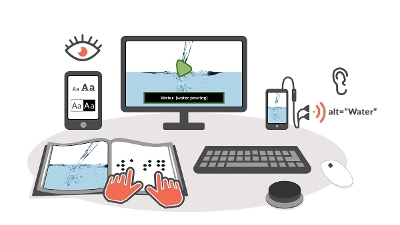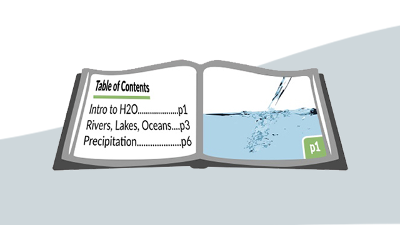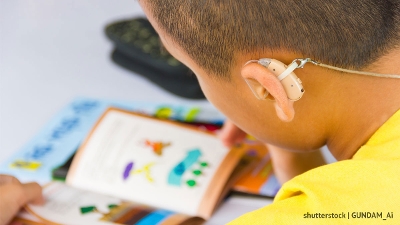Showing results 171-178 of 178 for accessible technologies
Search results
-

Enhance and enrich your teaching with strategies for using accessible videos to support learning.
-
Learn how the terms "eligible person" and "accessible formats" are now used in relation to NIMAS as a result of the enactment of the Marrakesh Treaty Implementation Act and its changes to copyright law.
-
Captioned videos not only improve accessibility for people with disabilities, they have far ranging learning and literacy benefits. Learn how to locate high-quality, accessible videos to support learning, and how to create your own.
-
Article
R. Jackson, 2021
In ASR, both the rate of information pick up and the portion of attention paid to braille or print—in combination with speech—can be controlled by the user.With sufficient practice, both braille readers and magnified print readers can greatly increase the rate at which they move through text using ASR.
-

Learn about the NIMAS and the NIMAC, two key provision of IDEA 2004, the special education law for elementary and secondary education in the U.S.
-

Learn how to make your educational materials more perceivable by adding alternative text for images, captions for videos and more.
-
Webinar

3:00PM – 4:00PM ET on Monday, June 15, 2020
Learn about the latest technologies for removing barriers at each stage of the writing process in order to empower every learner as an author.
-

Learn how to use the many options built into web browsers and e-readers to customize the presentation of information for a variety of learner needs and preferences.
